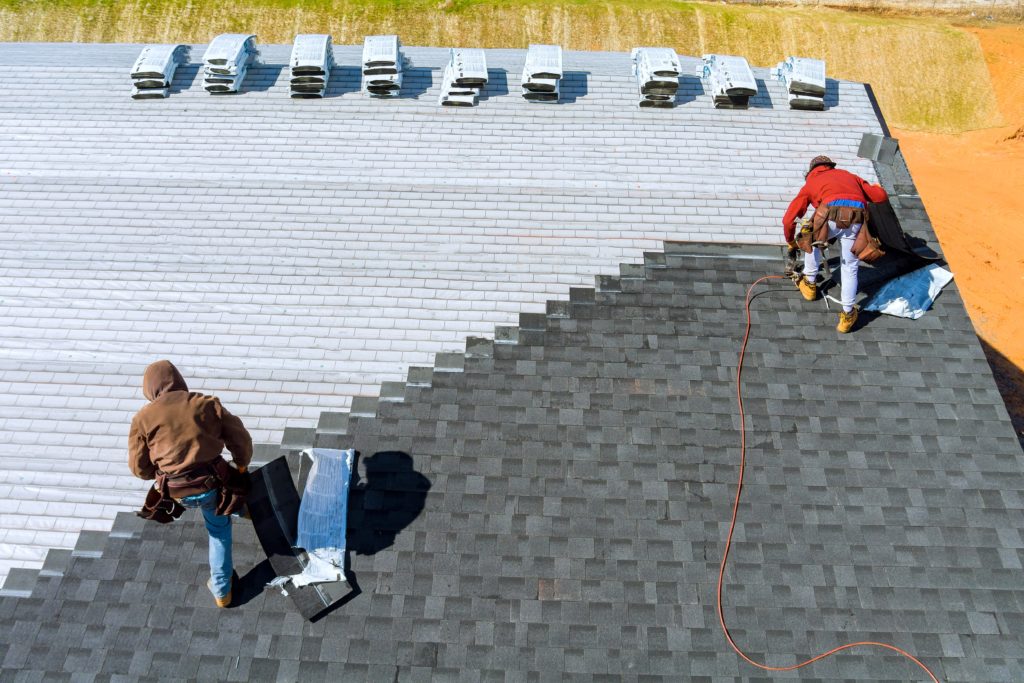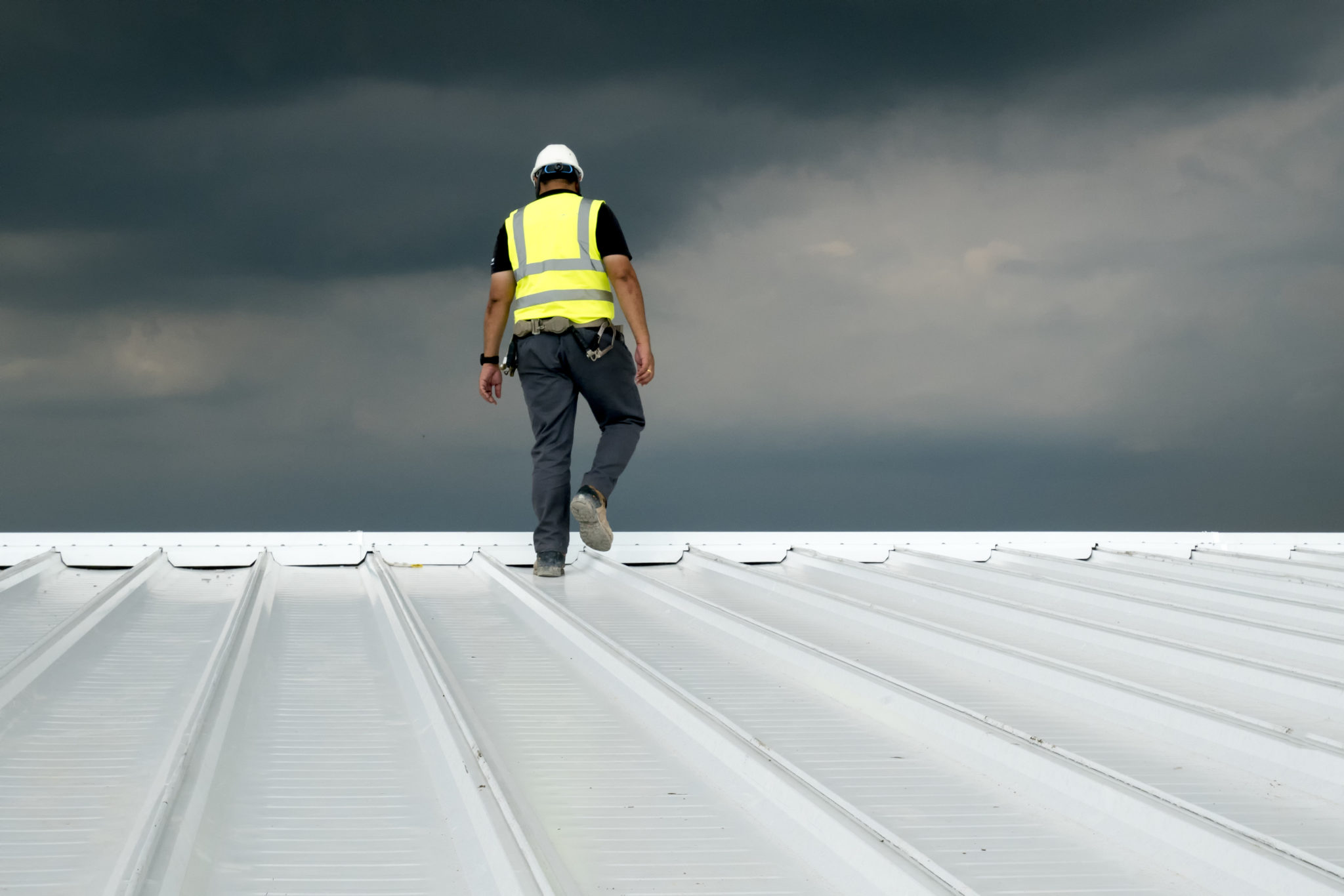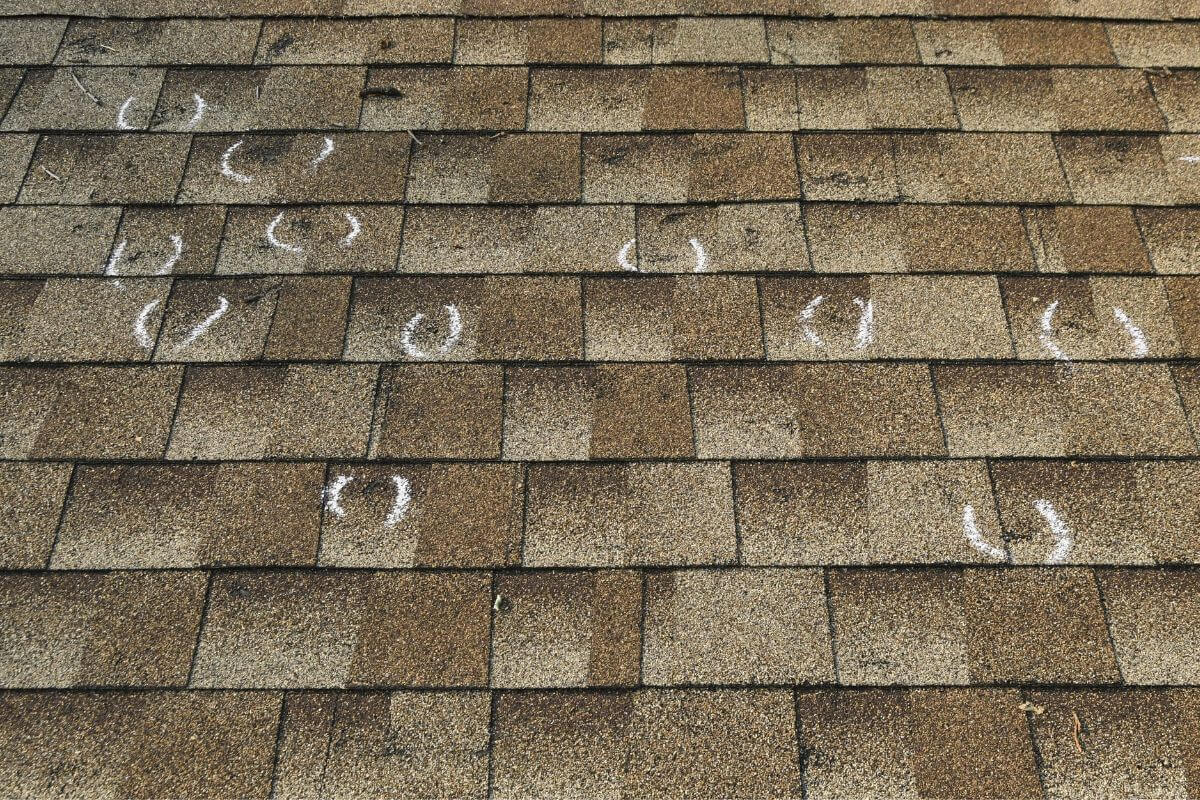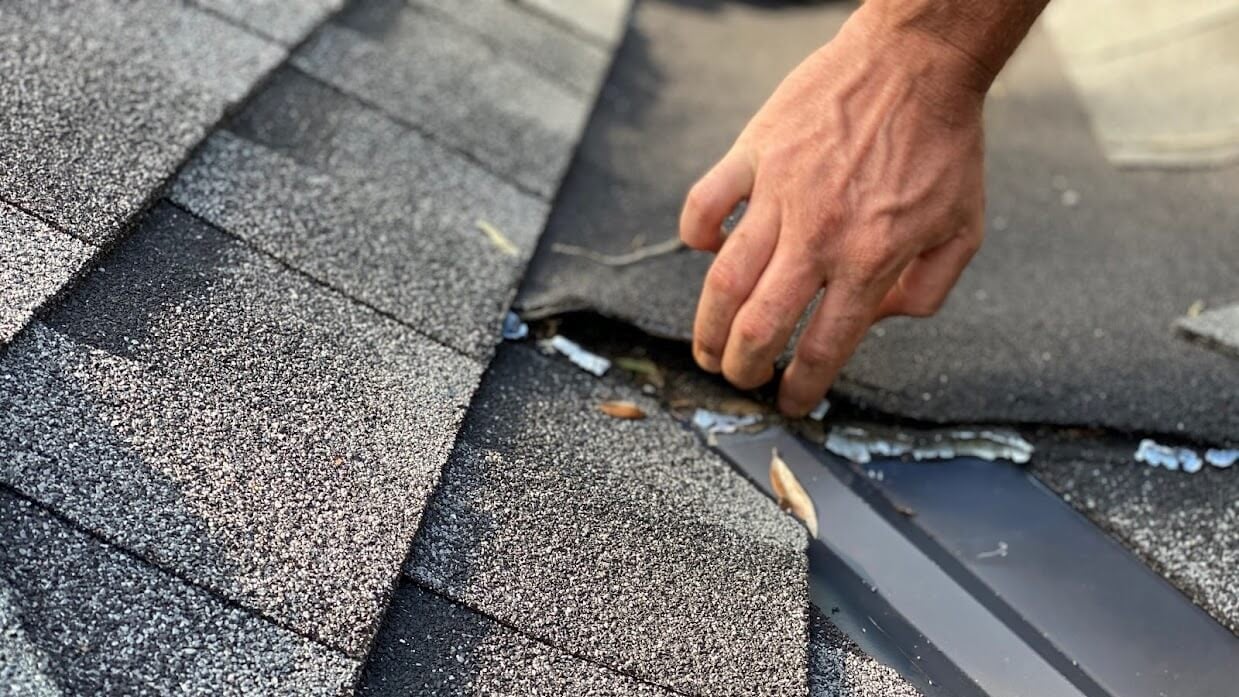Expert Insights
Replacing a roof typically takes 1-2 days, but the timeline can vary. Factors such as the size of your roof, the material used, weather conditions, and project complexity all play a role. This article will guide you through the steps and variables that affect how long does it take to replace a roof.
Key Takeaways
- Roof replacement typically takes 1-2 days under optimal conditions, with factors like roof size, material type, and weather influencing the timeline.
- The installation process begins with the removal of old roofing materials and can complete within a day for smaller homes, while larger and more complex roofs may take longer.
- Effective communication with contractors and preparing the work area are crucial steps to ensure a smooth and efficient roof replacement process.
Estimating the Roof Replacement Timeline
Many homeowners mistakenly believe that replacing a roof can take weeks, but under optimal conditions, it can be completed in as little as a day. Typically, a roof replacement takes around 1-2 days on average. This timeframe can vary depending on specific circumstances. The timeline can vary depending on several factors, including how long does it take to replace the roof, the size of the roof, the type of materials used, and weather conditions.
Understanding the roof replacement timeline is essential for planning and minimizing disruptions to your daily life. Being informed helps you prepare for the project and ensure everything proceeds smoothly.
Initial Estimate and Inspection
The first step in any roof replacement project is obtaining an initial estimate. This process usually takes anywhere from a couple of days to several weeks, depending on the complexity of the roof and the workload of the contractor. A thorough inspection is critical as it ensures an accurate assessment of the roof’s condition, which directly affects the estimate provided.
Clear communication with your roofing team is pretty straightforward and crucial for a successful project. This helps in understanding the timeline and any potential issues that might arise.
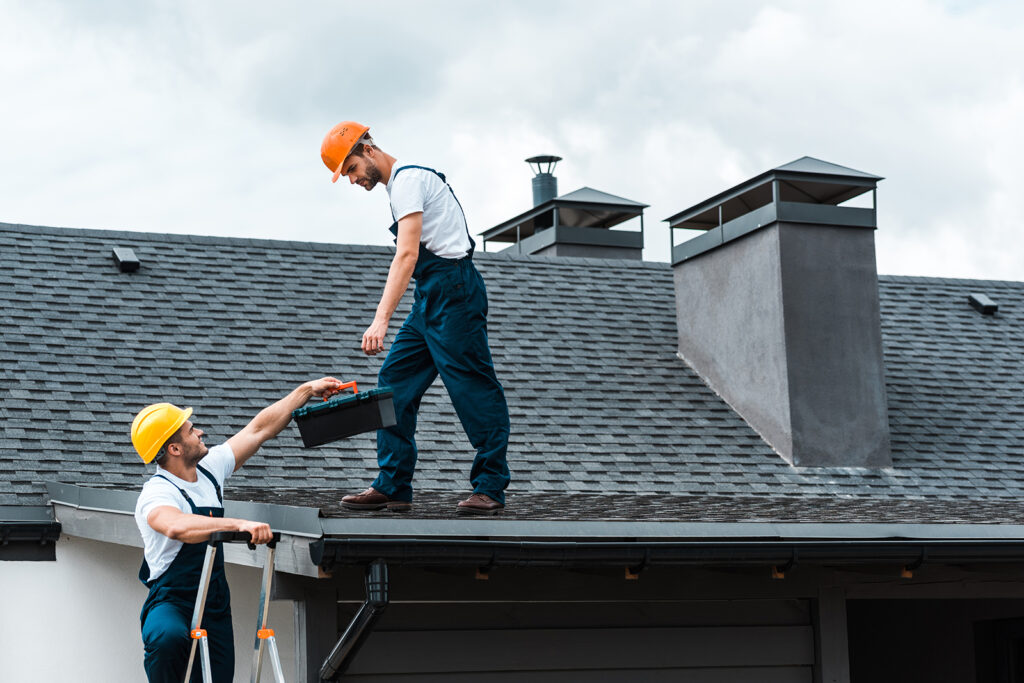
Scheduling Your Roof Replacement
Once you have your estimate, the next step is scheduling the roof replacement. A roofing contractor can typically schedule a roof replacement a few days out. However, the scheduling can be affected by several factors, including the contractor’s availability and the weather forecast.
Inclement weather, such as rain and raining, can push the replacement schedule out by a week or two. During the winter months, roof replacements may take extra hours to complete due to shorter daylight hours, which can be replaced by longer working days in better weather.
Periodic check-ins with your roofing team can keep the project on track.
The Day of Installation: What to Expect
The day of installation is a significant milestone in the roof replacement process. Homeowners should clear their schedules and remove any obstacles near their homes. Some roofing jobs can be finished in one day, while others may take several days depending on various factors.
High temperatures can cause roofers to work slower as they need more water breaks during installation. Customers can expect high professionalism from the professional crew, including a dedicated project manager and a thorough post-project walk-through.
Typical Duration for Most Roofs
Most roof replacements are usually completed within a single day. Replacing the roof on a typical roof replacement usually takes about one day. A small home with a roof area of under 1,000 square feet can be finished in a single day. Quick completion is possible due to the smaller size.
Installing asphalt shingles, which is the most common roofing material, typically takes one day.
Installation Steps Overview
The installation begins with the removal of old roofing materials, which is the messiest phase of the process. After removing the old roof, the crew inspects the roof deck for damage before installing new materials.
Underlayment is rolled out across the roof deck after the old materials are removed and the deck is inspected. Shingle installation starts with placing starter shingles along the edges before adding asphalt shingles in staggered rows. The roofing contractor may replace or add vents according to the ventilation needs of the roof.
Checking vents and flashing around a leaky roof prevents leaks and water damage. The final phase includes a walkthrough with the homeowner to ensure all prep work is completed as agreed.
Factors That Can Extend the Roof Replacement Time
Several factors can extend the roof replacement time beyond the typical duration. The timeframe for scheduling a roof replacement can vary based on the contractor’s schedule and the current weather conditions. Size, complexity, and weather conditions can delay roof replacement.
Experienced contractors greatly reduce the risk of delays. Structural damage can extend the roof replacement duration.
Size and Complexity of Your Roof
The size and complexity of a roof can significantly influence how long the replacement will take. Larger homes (over 3,000 sq. ft. of square footage) take longer, while smaller homes (around 900 sq. ft.) may take less time. The size of the roof, complexity, number of facets, pitch, and height all affect the duration of a roof replacement.
Steeper roofs or those with many hips and valleys need slower work for safety and quality. A factor in this is that many factors, such as multi-leveled roofs or those with features like chimneys, complicate the process, leading to longer durations on a steep slope.
Weather Conditions
Weather conditions significantly impact the roof replacement timeline. Rain or extreme temperatures can slow or halt roof replacement projects. Severe weather events can delay roof replacements by affecting both project initiation and execution.
Ideal temperatures for roof replacement are around 55 degrees Fahrenheit, while asphalt shingles should not be installed below 40 degrees. If it rains during the roof replacement, the roof is tarped to protect the home until it is dry enough to continue working.
Accessibility Challenges
Accessibility challenges can also extend the roof replacement timeline. Poor accessibility increases replacement time. A challenging access point can extend the roof replacement timeline by several hours or a day. Obstacles such as fences and landscaping can impede easy access, resulting in increased replacement time. This can affect the overall time frame for the project.
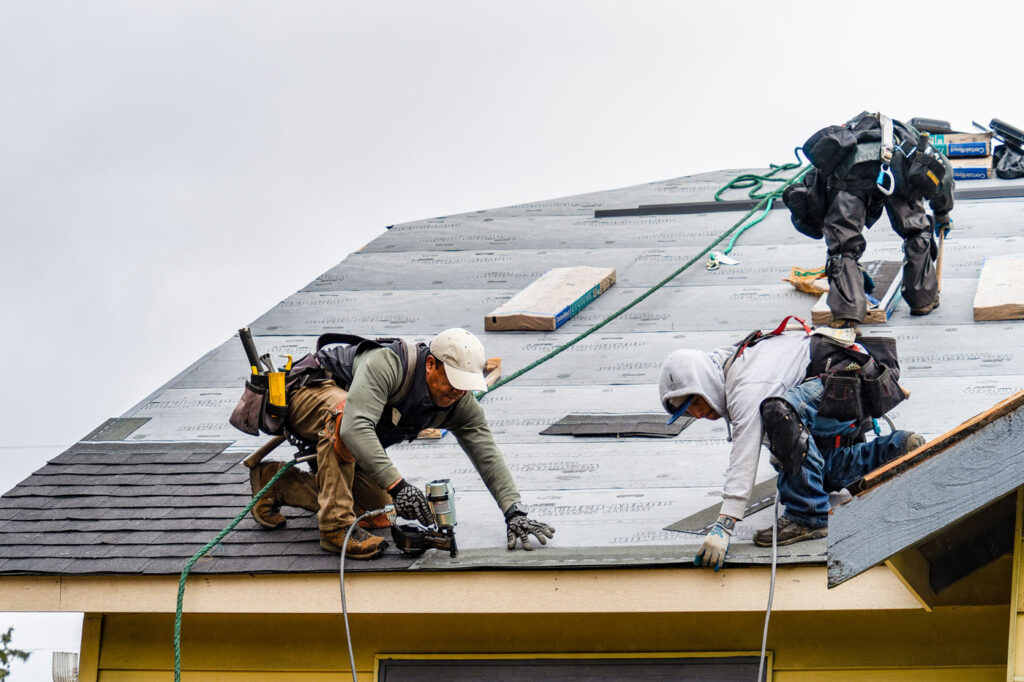
Material Choices and Their Impact on Time
The choice of roofing material significantly influences how long the replacement takes. Different roofing materials have varying installation times, impacting the overall duration of a roof replacement. Premium materials can require a maximum time of five days to a few weeks to complete the replacement, depending on their complexity.
Selecting the right materials can manage and optimize the roof replacement timeline.
Asphalt Shingles vs. Other Materials
Replacing a roof with asphalt shingles typically takes 1 to 3 days. Asphalt shingles are easier to install than other roofing materials. Installing asphalt shingles is generally quicker than metal roofing or concrete tiles.
Other materials like clay tiles and concrete tiles typically require a bit longer installation periods compared to asphalt shingles.
Specialty Roofing Products
Specialty roofing products, like cedar shakes and wooden shingles, often require specialized skills, extending installation time. These materials require careful handling and precise installation to ensure durability and longevity.
Opting for specialty roofing products can extend the replacement timeline, but the investment in quality and aesthetics is often worthwhile.
Ensuring a Smooth Roof Replacement Process
A smooth roof replacement process involves several key steps. Homeowners should clear the work area of any obstructions that could hinder the roofing crew, ensuring their pets are secured and informing the roofing crew of any valuable items in the yard to replace a roof.
Open communication with the roofing contractor is crucial for a smooth replacement. Getting free estimates from multiple contractors ensures competitive pricing and better service.
A post-installation inspection identifies potential issues early and ensures roof durability.
Choosing the Right Roofing Contractor
Partnering with a skilled roofing companies makes the replacement process smoother. Hiring a professional roofing contractor provides warranties for the quality of work. Checking a roofing contractors background and qualifications helps avoid potential issues during the project.
Reputable contractors typically have insurance, protecting homeowners in case of accidents at the house.
Preparing Your Home
Clearing your driveway facilitates material delivery and work crew access. Before roofing work begins, homeowners should clear the area around their property to facilitate easier access for the crew.
It’s advisable to remove outdoor furniture and decorations to prevent damage during the roofing process. Covering windows and landscaping with tarps protects them from debris and falling materials.
Discussing a clean up strategy with your contractor helps manage debris and ensure safety during the project.
Post-Installation Considerations
Proper cleanup after a roof replacement eliminates hazards like old nails and debris, protecting landscaping and ensuring safety when the roof replaced.
Cleanup and Final Inspection
A thorough cleanup after a roof replacement prevents safety hazards from loose debris or materials left behind. After installation, the roofing crew typically performs a thorough inspection for leftover debris and ensures proper site cleanup.
Clearing debris and ensuring the roof meets safety and quality standards is vital post-installation.
Warranty and Maintenance Tips
Warranties for new roofs can vary greatly, often covering materials for 20 to 50 years, depending on the type used and the manufacturer’s policies. Rhino Roofing offers a lifetime installation guarantee.
Regular maintenance, like annual inspections and timely repairs, extends the lifespan of a new roof and keeps it in optimal condition.
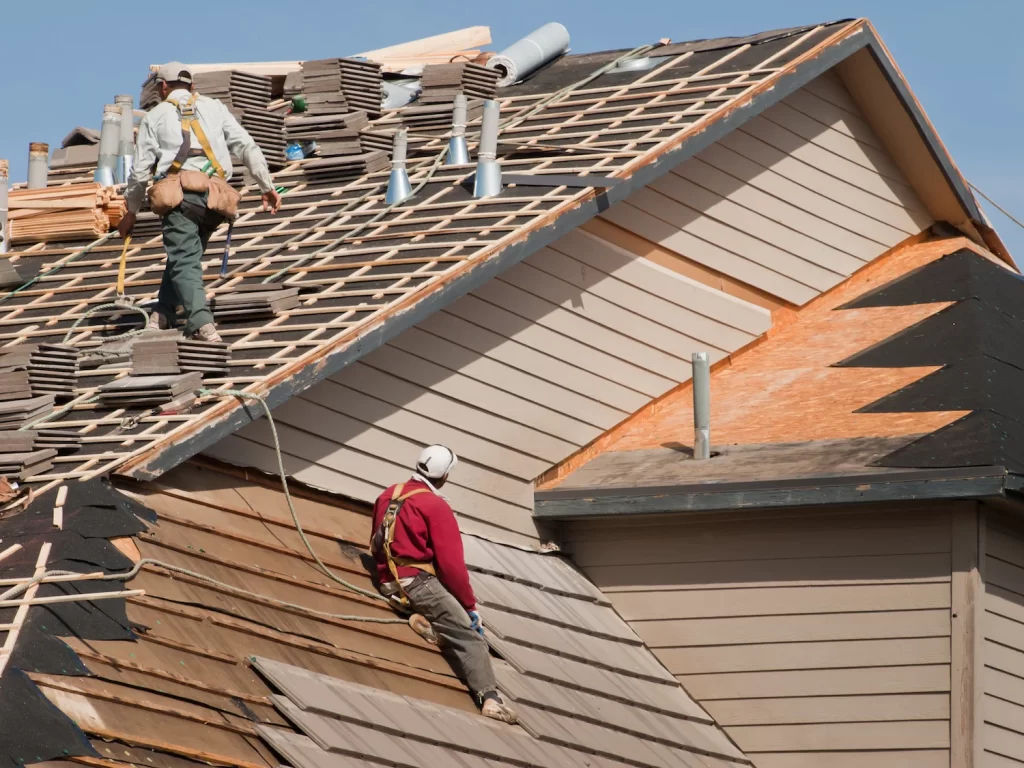
Summary
In summary, understanding the roof replacement timeline is crucial for planning and minimizing disruptions. From obtaining an initial estimate to scheduling the replacement and preparing for the installation day, there are several factors to consider.
Choosing the right roofing contractor and preparing your home can ensure a smooth and efficient roof replacement process. Regular maintenance and understanding your warranty can help extend the lifespan of your new roof. Rhino Roofing offers comprehensive services and quality products to ensure your roof replacement project is successful.
Frequently Asked Questions
How long does it typically take to replace a roof?
Replacing a roof typically takes 1-2 days, but under optimal conditions, it can be completed in as little as one day.
What factors can delay the roof replacement process?
Several factors can delay the roof replacement process, including the size and complexity of the roof, unfavorable weather conditions, and difficulties in accessing the site. It’s important to consider these variables when planning your project timeline.
How does the choice of roofing material affect the replacement time?
The choice of roofing material significantly impacts replacement time; asphalt shingles can be installed in 1 to 3 days, while more specialized materials like cedar shakes require a longer installation period. Thus, selecting a roofing material is key to determining project duration.
What should homeowners do to prepare for a roof replacement?
To prepare for a roof replacement, homeowners should clear the work area, secure pets, remove outdoor furniture, and cover windows and landscaping with tarps for protection. These steps will ensure a smoother and safer roofing process.
What can be expected after the roof replacement is completed?
After the roof replacement, you can expect a thorough cleanup to remove debris and a final inspection to confirm that the roof meets safety and quality standards.
